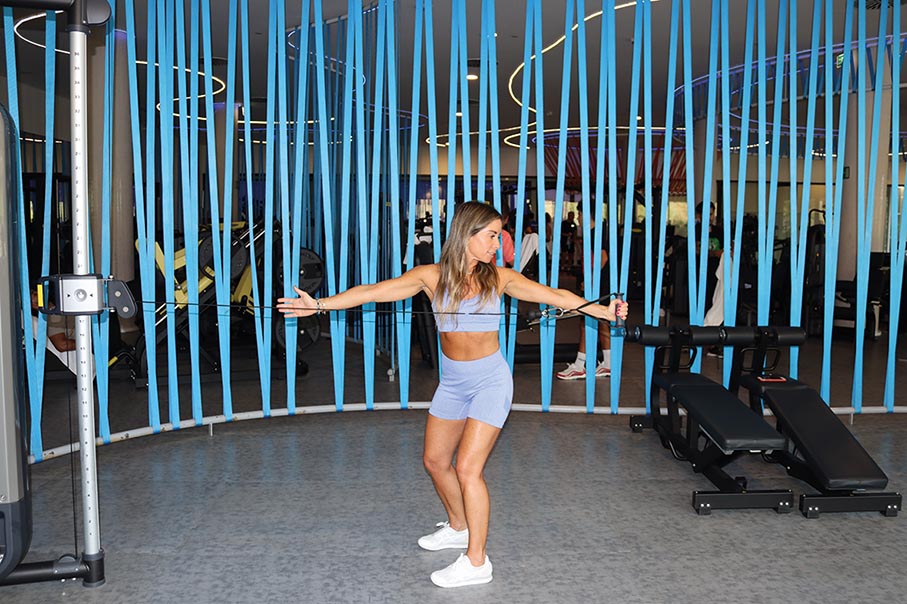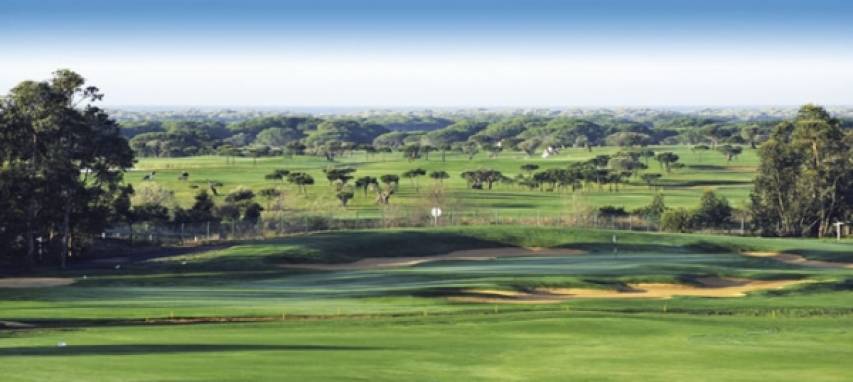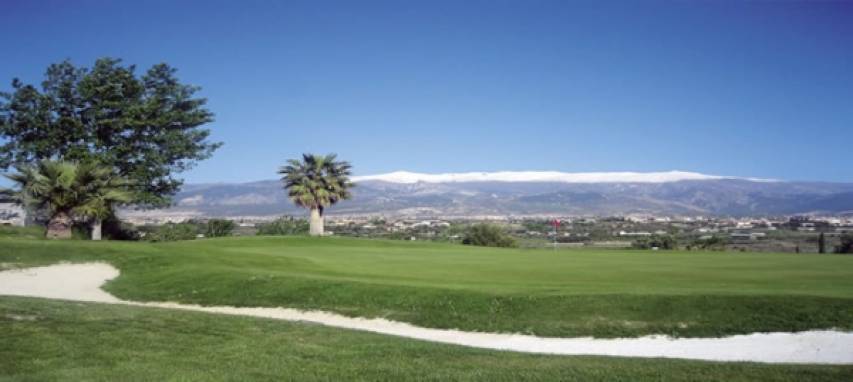The C posture occurs when the shoulders are slumped too far forward (internally rotated humerus) and the back is rounded from the coccyx to the neck, with excessive curvature of the thoracic spine (kyphosis).
As a consequence, it will be very difficult for the player to maintain position during their swing. In addition, common technical errors that can occur when playing in this position are:
-Loss of posture
-Extension too far forward
-Angle opposite to the back
-Chicken wing
This may simply be the result of poor positioning and it can be corrected by adjusting the spine to a more neutral position. However, unfortunately in most cases it is caused by muscular imbalances and restrictions developed over the years.
It has been proven that, if C posture is the product of muscular and joint imbalances and limitations, the only way to correct it will be through corrective exercises in the gym.
Here are some exercises to correct curvature of the thoracic spine. In these cases, as well as focusing on the spinal area, you must also act on other adjacent parts of the body. This is because, when C posture is due to muscular imbalances, in addition to a significant restriction in thoracic extension, a series of decompensations can also occur (upper crossed syndrome) such as weakness or inhibition of the gluteus, core, serratus anterior and deep musculature of the neck, plus hypertonicity in the area of the pectoralis major and minor and upper trapezius (tight and shortened). Hence the importance of both an initial and follow-up assessment (functional tests/TPI tests).
.EXERCISES
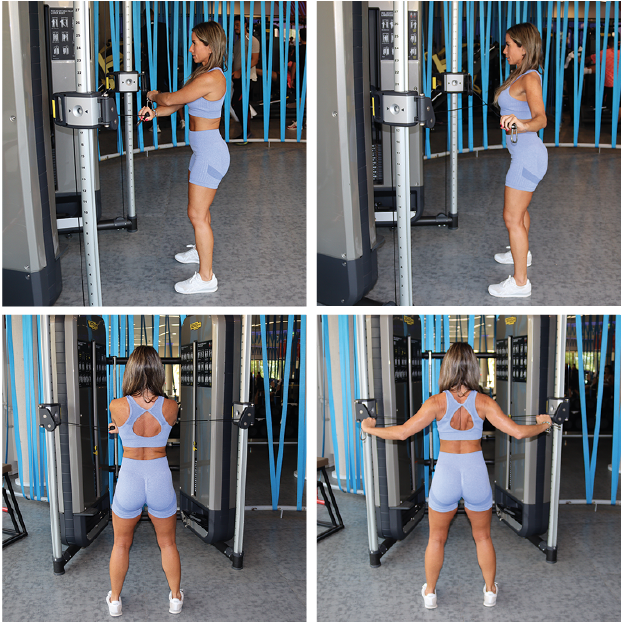
Exercise 1: Facing a pulley or elastic band, when adjusting it at chest height, grab each end with your hand crossed over. Begin the movement with crossed hands and from there perform an opening while maintaining the elbows slightly bent, with the aim of opening your chest and bringing the scapulae together without raising your shoulders. Exhale when opening your arms.
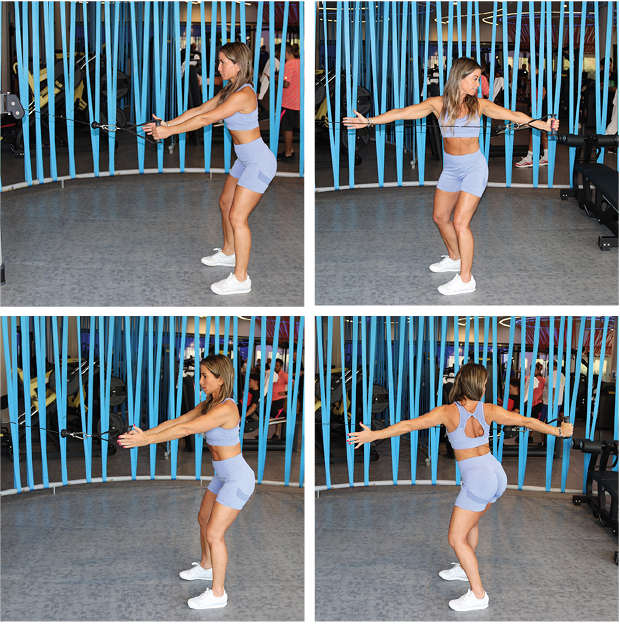
Exercise 2: Facing a pulley or elastic band, grab it with one hand, stretch the other arm to the same height, lower the centre of gravity a little (knees slightly bent) and from there rotate the torso – carrying the arm that holds the pulley or rubber backwards and keeping it extended. In turn, the pelvis accompanies this movement by rotating slightly without losing its posture. The other arm remains in the starting position and your head accompanies the rotation while facing in the direction of your hand. Exhale while rotating backwards.
Note: These exercises are only examples, and they should be chosen specifically for each player and by a professional.



